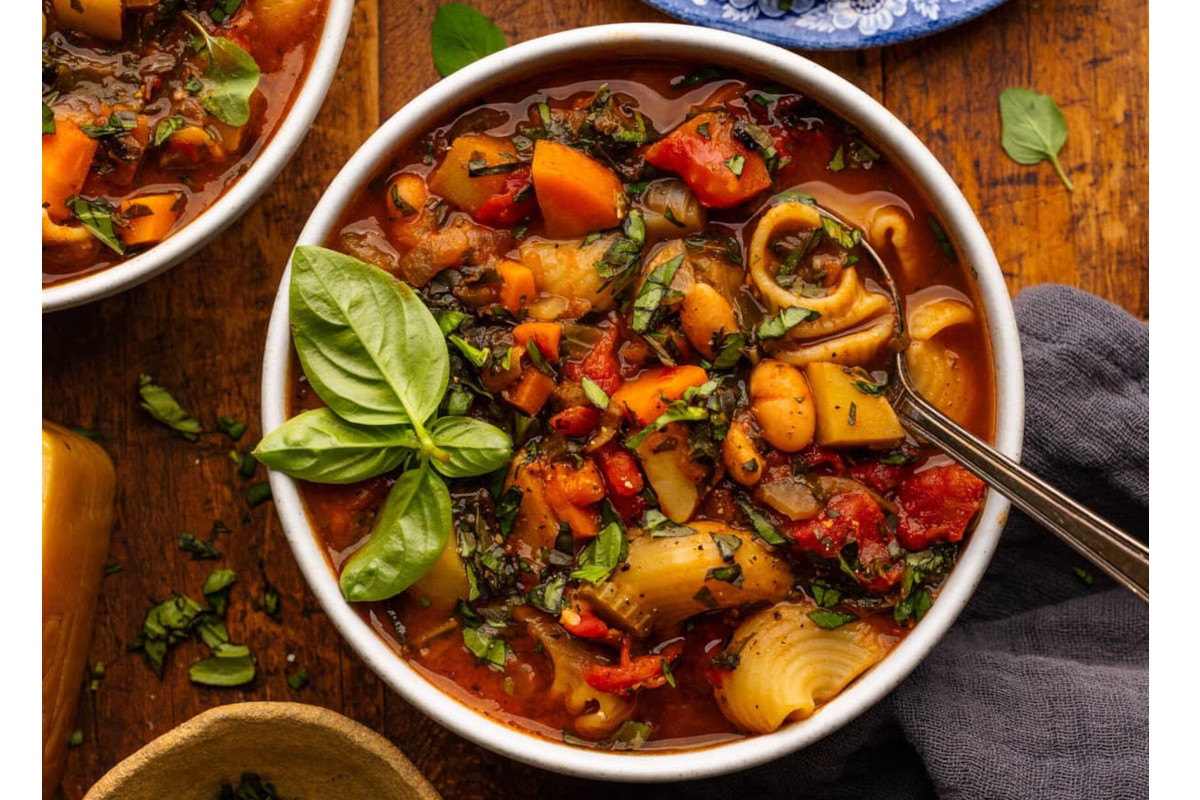
Soups and sauces are going international. With a wide range of ethnic segments, and especially younger shoppers increasingly seeking more exciting eating, soups and sauces are becoming appealing fixtures in supermarket global food aisles, according to Supermarket News daily.
“The rising millennial population, which is always in search of exotic experiences, is increasingly positive to adopt new ingredients and flavors in their food palate,” reports San Francisco-based Grand View Research Inc. “This is also expected to propel the growth of the market for ethnic food during the coming years.”
Find authentic Italian soups and broth on the Italianfood.net platform
A strong focus on global foods by a multitude of demographic groups is indeed resulting in ripe sales opportunities for soups and sauces, said Victor Paredes, executive director of cultural strategy at the Collage Group, a Bethesda, Md.-based consumer research firm. “A quarter of Americans seek recipes that allow them to explore different cuisines. This interest in global foods is an avenue to reach curious consumers across segments.”
However, maximizing sales of global soups and sauces can be challenging. Collage Group research reveals that Hispanic and Asian Americans are less likely to purchase canned soup monthly and use it as an ingredient in their meals. In addition, 40% of consumers in each segment indicate that they are eating fewer packaged selections because they are trying to limit salt and processed foods in their diets. “While Black and White Americans drive consumption of soup, they are also less likely to cook from scratch and do not share as strong an interest in global and ethnic cuisines as the other segments,” Paredes said.
Retailers can help overcome such issues by providing healthy soup and sauce options that meet consumers’ dietary goals, including all-natural and low-sodium offerings, he said.
MULTICULTURAL CUSTOMERS
Situating global products next to familiar favorites on store shelves while promoting the selections during pertinent multicultural holidays and events, such as Hispanic Heritage Month, Asian American Pacific Islander Month, and Black History Month, may further spur less adventurous eaters to explore global cuisines, Paredes said. Signage in the shoppers’ native language also can help garner the attention of unacculturated Hispanic consumers, he said, adding that Hispanic and Asian food experts may inspire shoppers in those segments to use global soups and sauces in their meals.
Discover authentic Italian sauces on the Italianfood.net platform
“Operators seeking to bolster sales should target younger shoppers as well,” said Maeve Webster, president of Menu Matters, an Arlington, Vt.-based food industry consulting firm. “Global soups and sauces are becoming increasingly important to younger consumers who are placing a greater emphasis than previous generations on world flavors and solutions,” she said, noting that Gen Z and millennial shoppers have the greatest interest in the products. In addition, retailers “should not discount” Gen X shoppers, Webster said. “They are a far smaller population but are far more food forward than they receive credit for and are adopting more international flavors and ingredients.”
An increase in overall grocery spending share by Millennials and Gen Z consumers is also resulting in more dollars flowing to products with global flavors, including soups and sauces, said Anne-Marie Roerink, president of 210 Analytics LLC, a San Antonio-based market research and marketing strategies firm.
Such a shift is occurring as the old “international aisle” of supermarkets evolves to feature product signage that identifies specific countries as the origins of soups, sauces, and other foods, such as “Japanese” and “Korean” instead of “Asian”.
The greater shopper interest in global foods also is resulting in an expansion of ethnic soups and sauces in multicultural cross-merchandising displays, which might also feature varieties of rice, vegetables, and fruits. Such displays are powerful vehicles in which to introduce selections to more shoppers.
THINK LOCAL, GO GLOBAL
Operators should examine their specific market areas, including what the local restaurants are offering, in determining the most pertinent global selections to carry in supermarkets, Webster said, while also studying market research that lists the top consumer preferences and trends. Asian selections, and specifically Korean and Japanese options, have been most influential in recent years, while Central and South American cuisines are becoming more mainstream.
